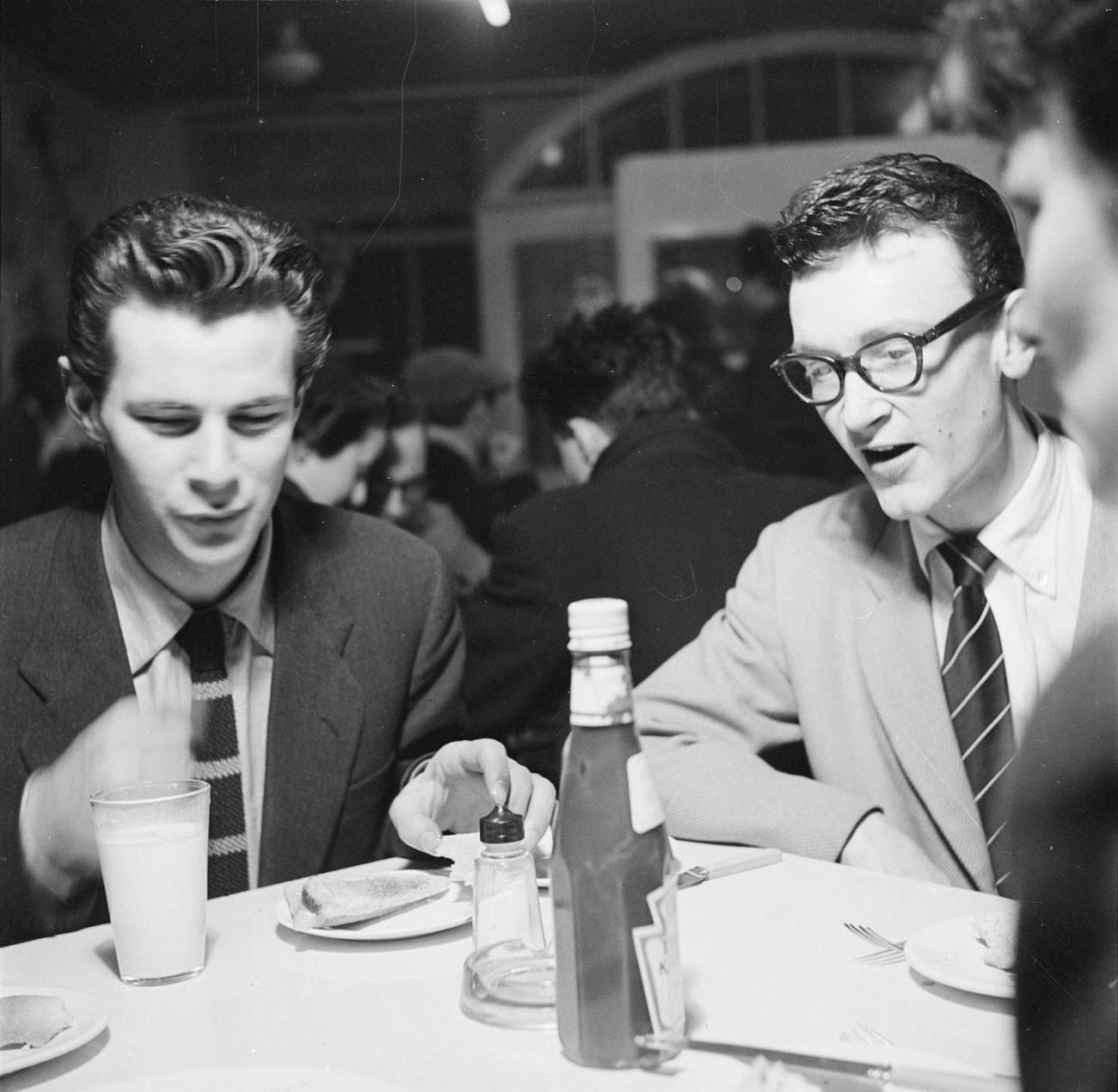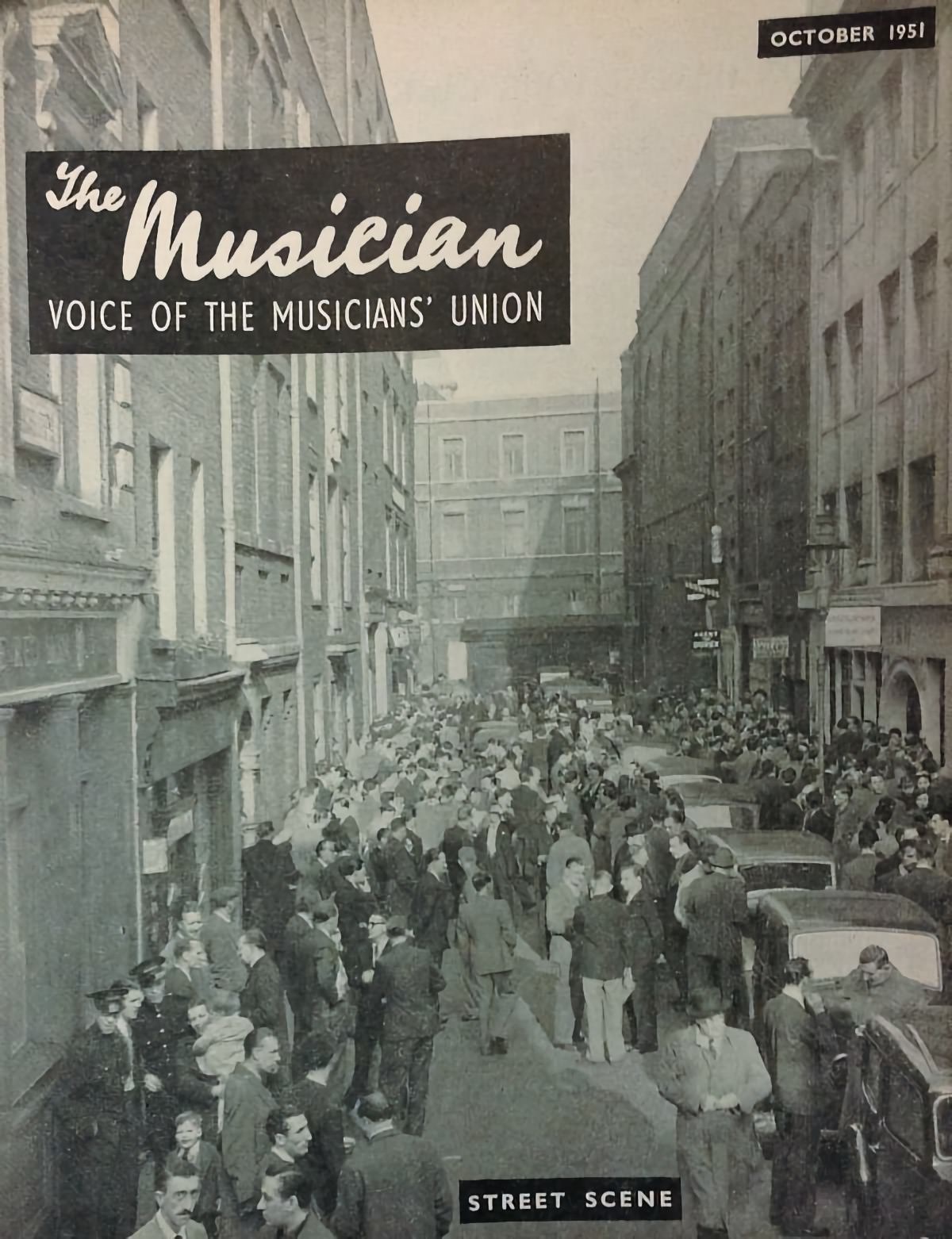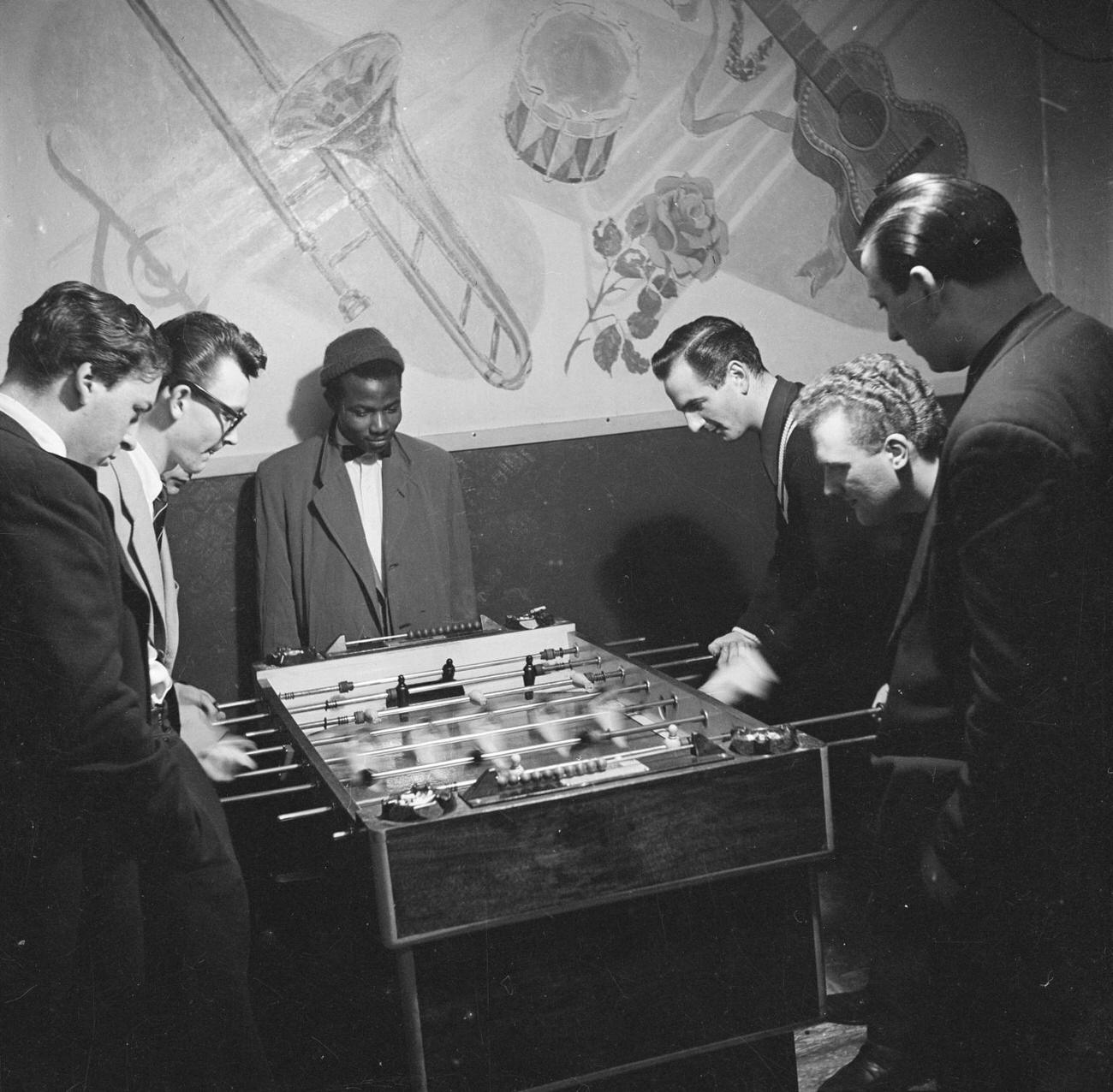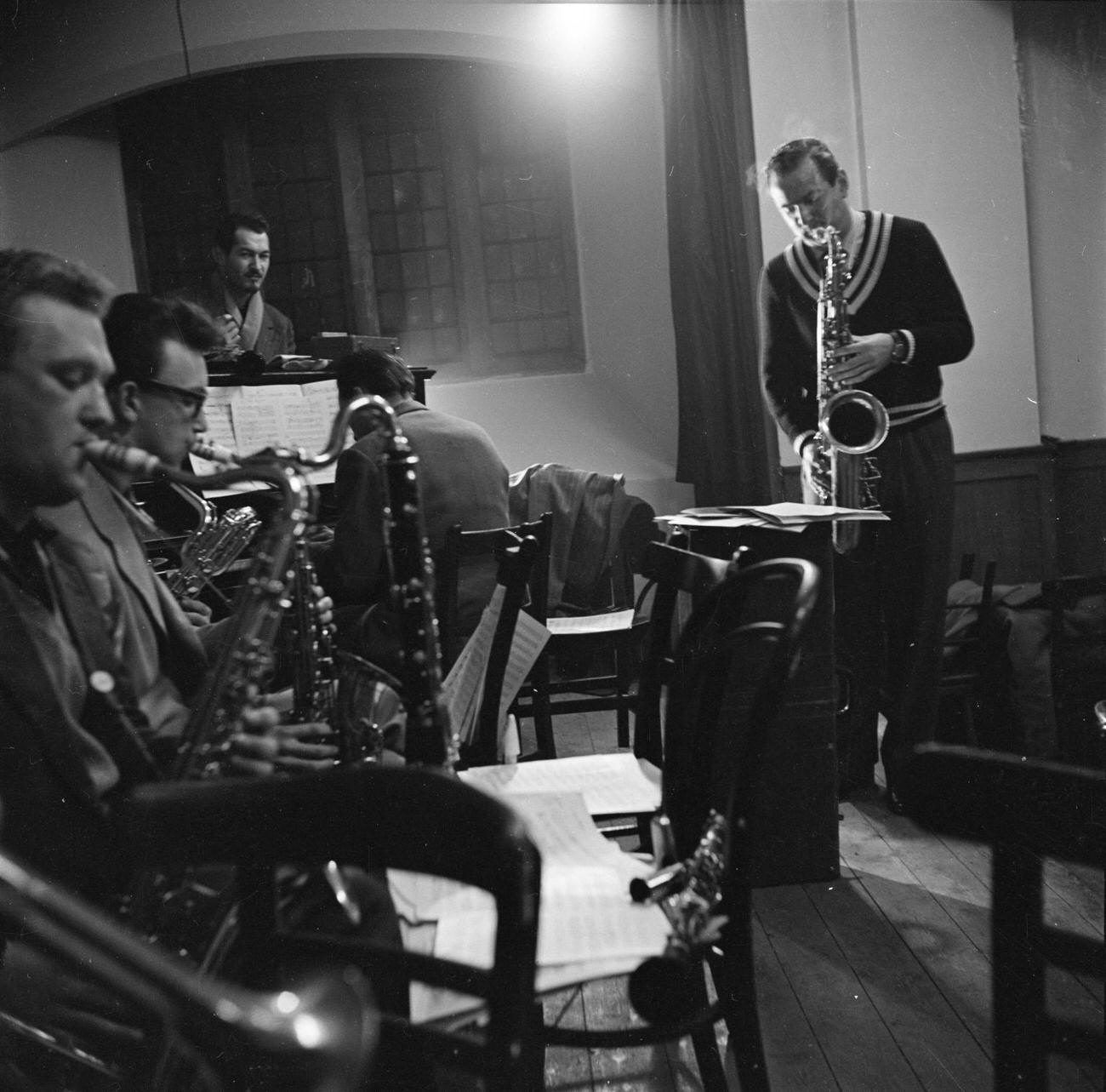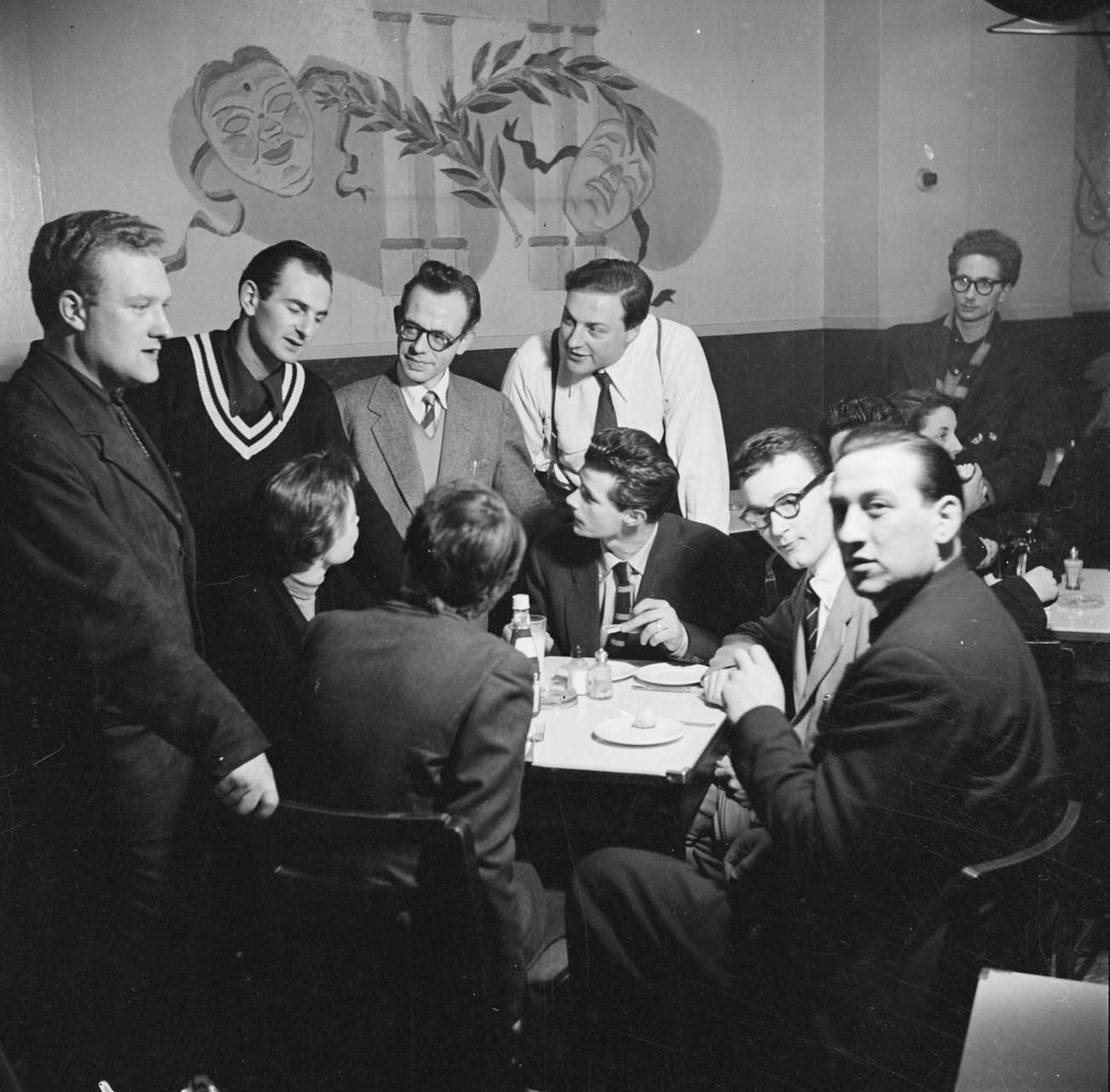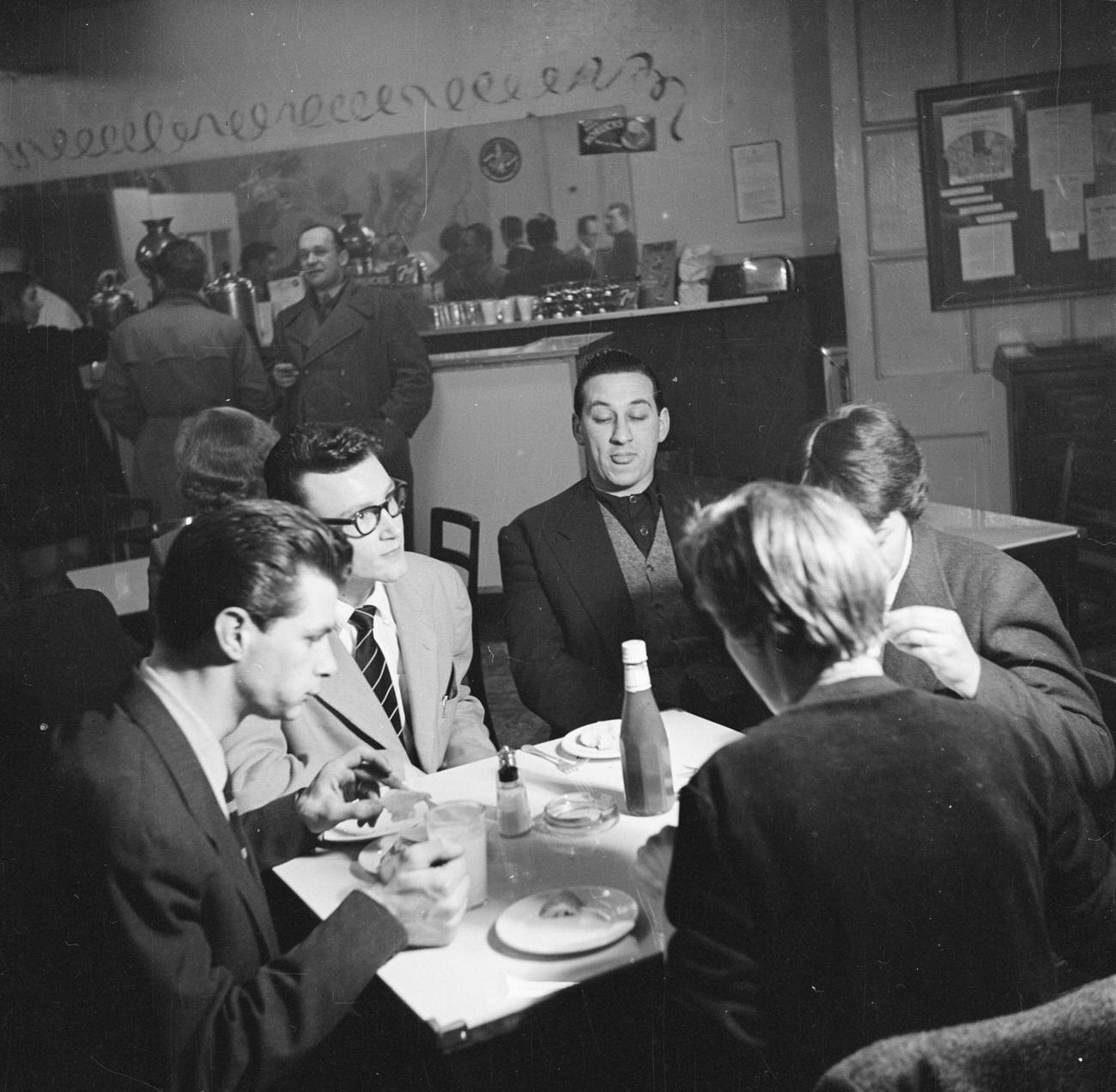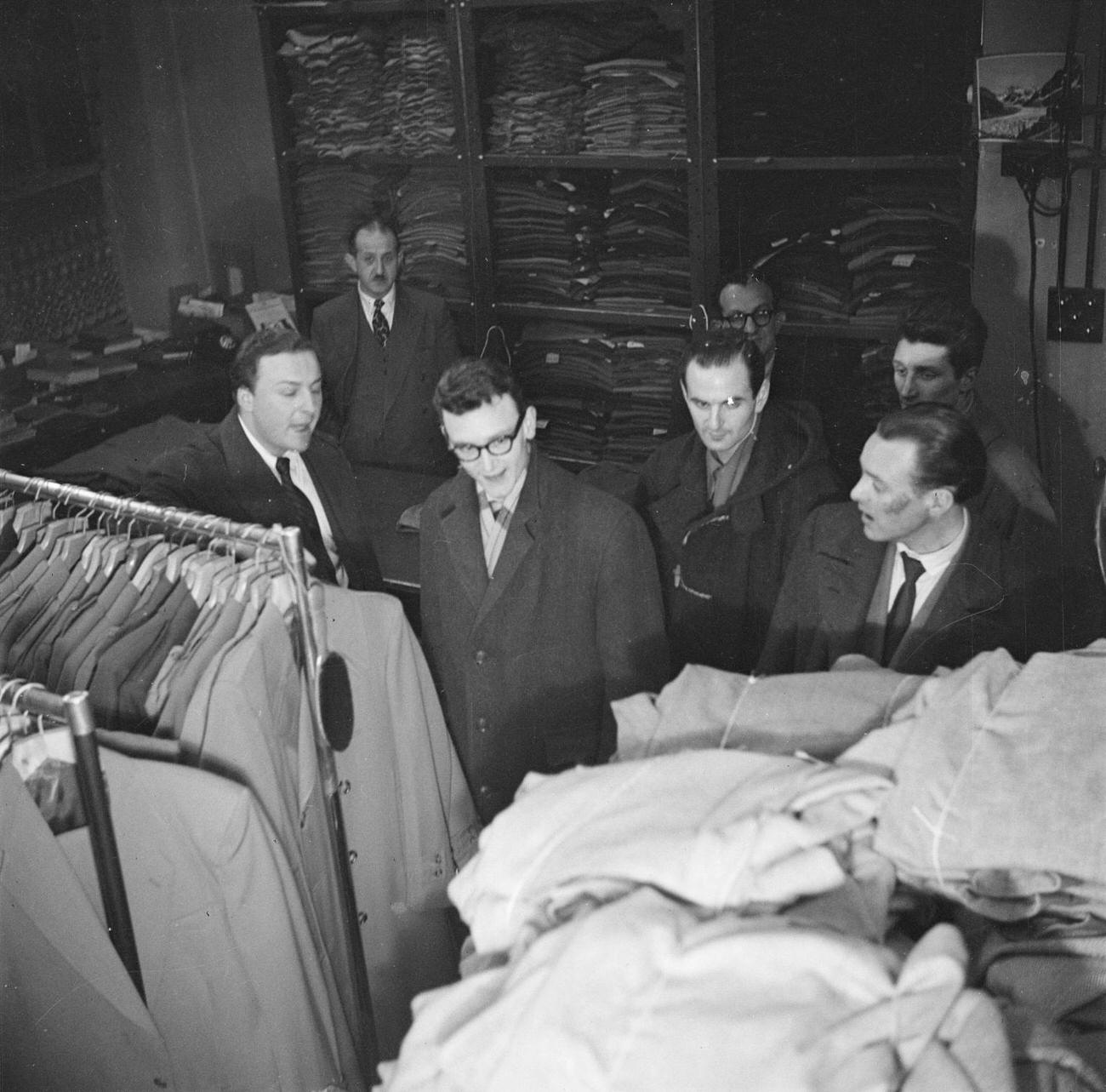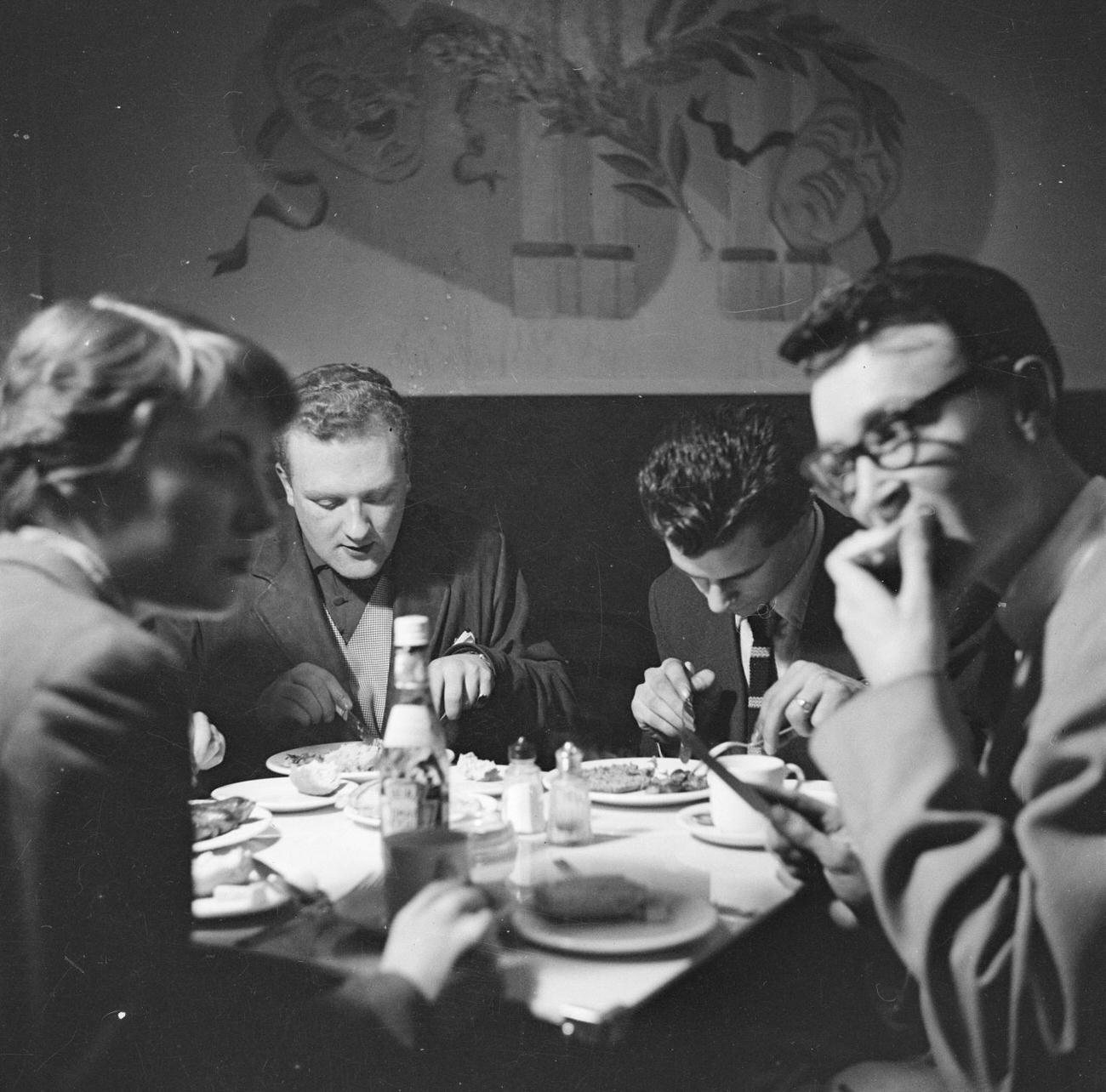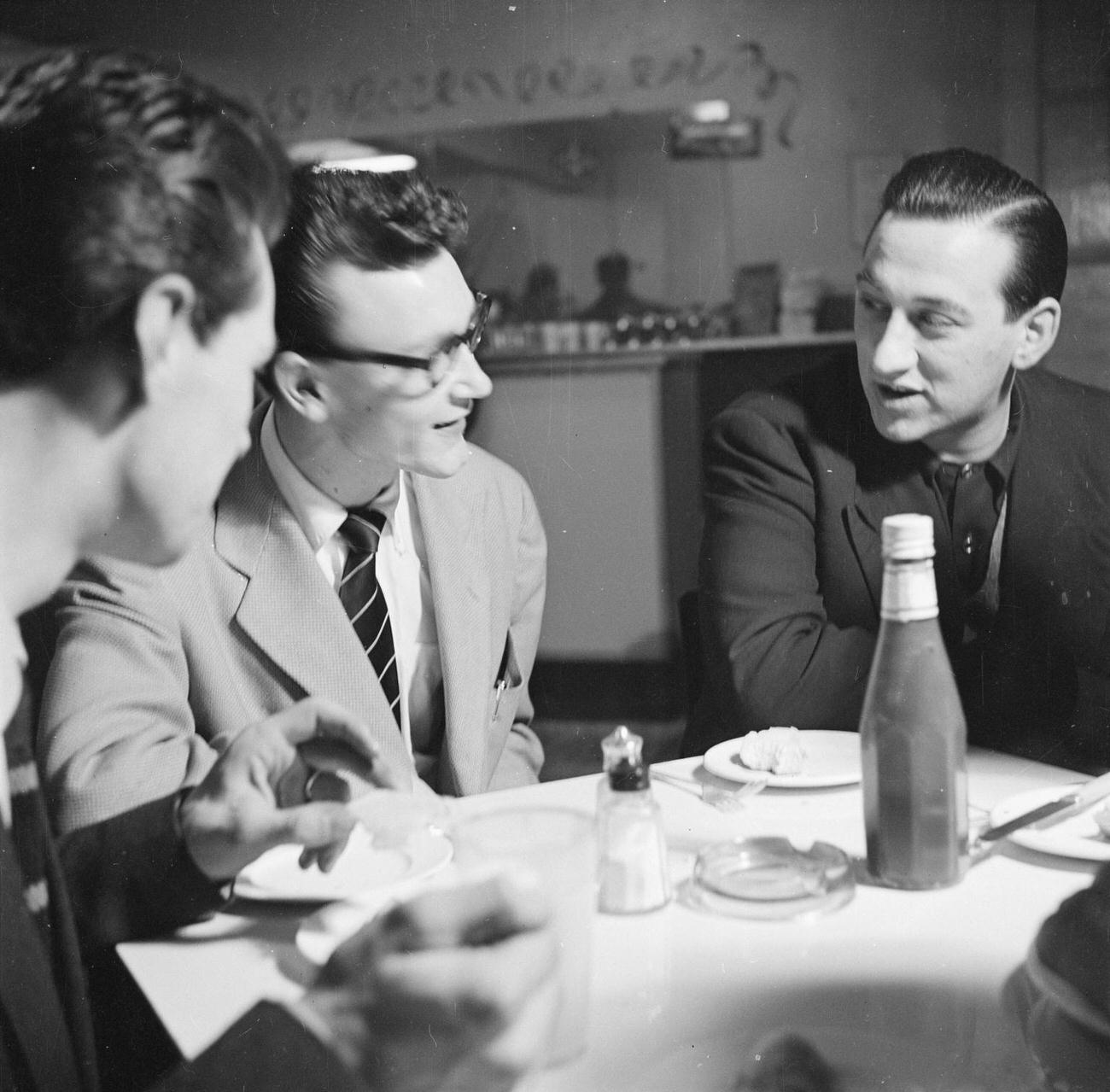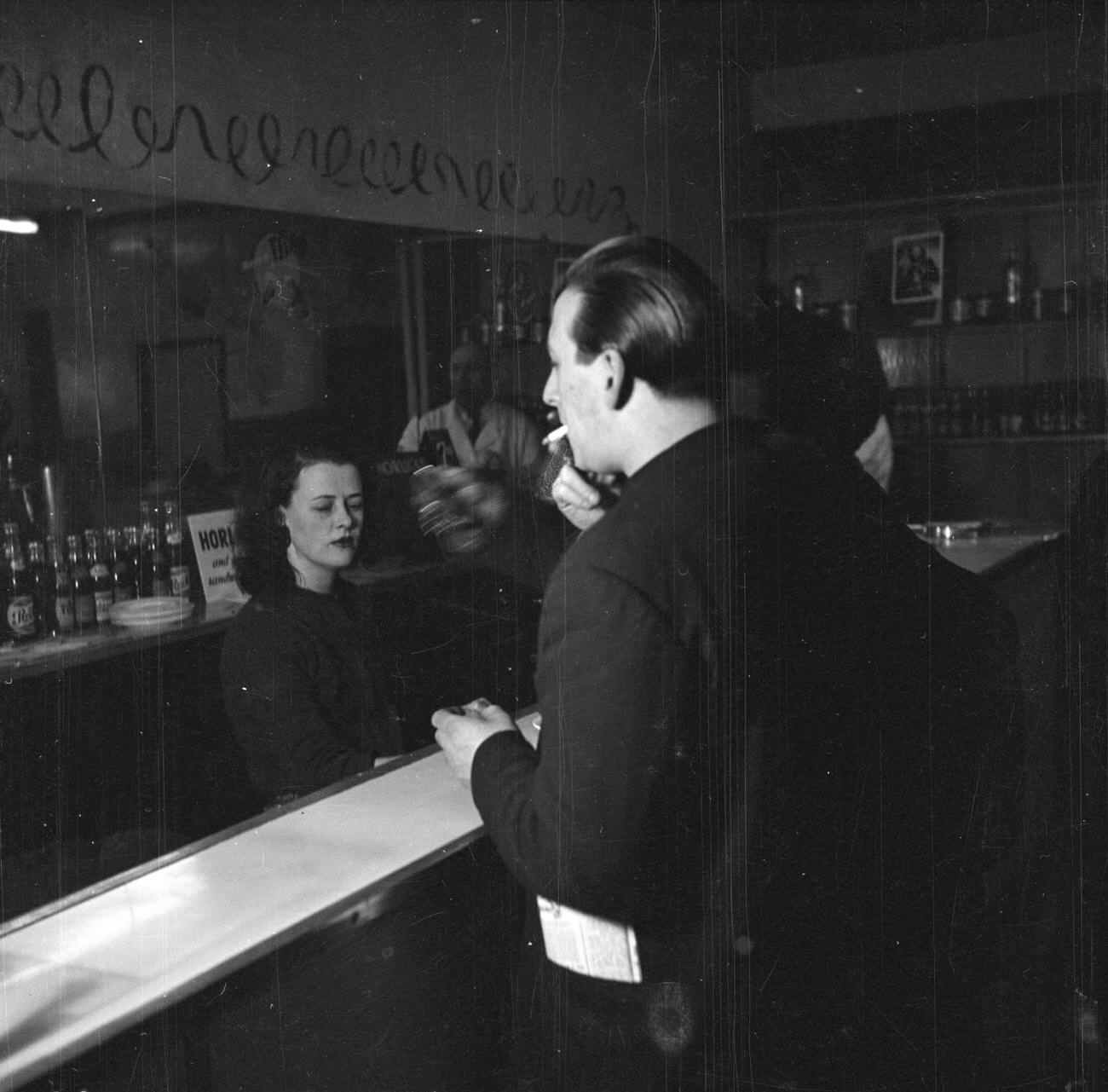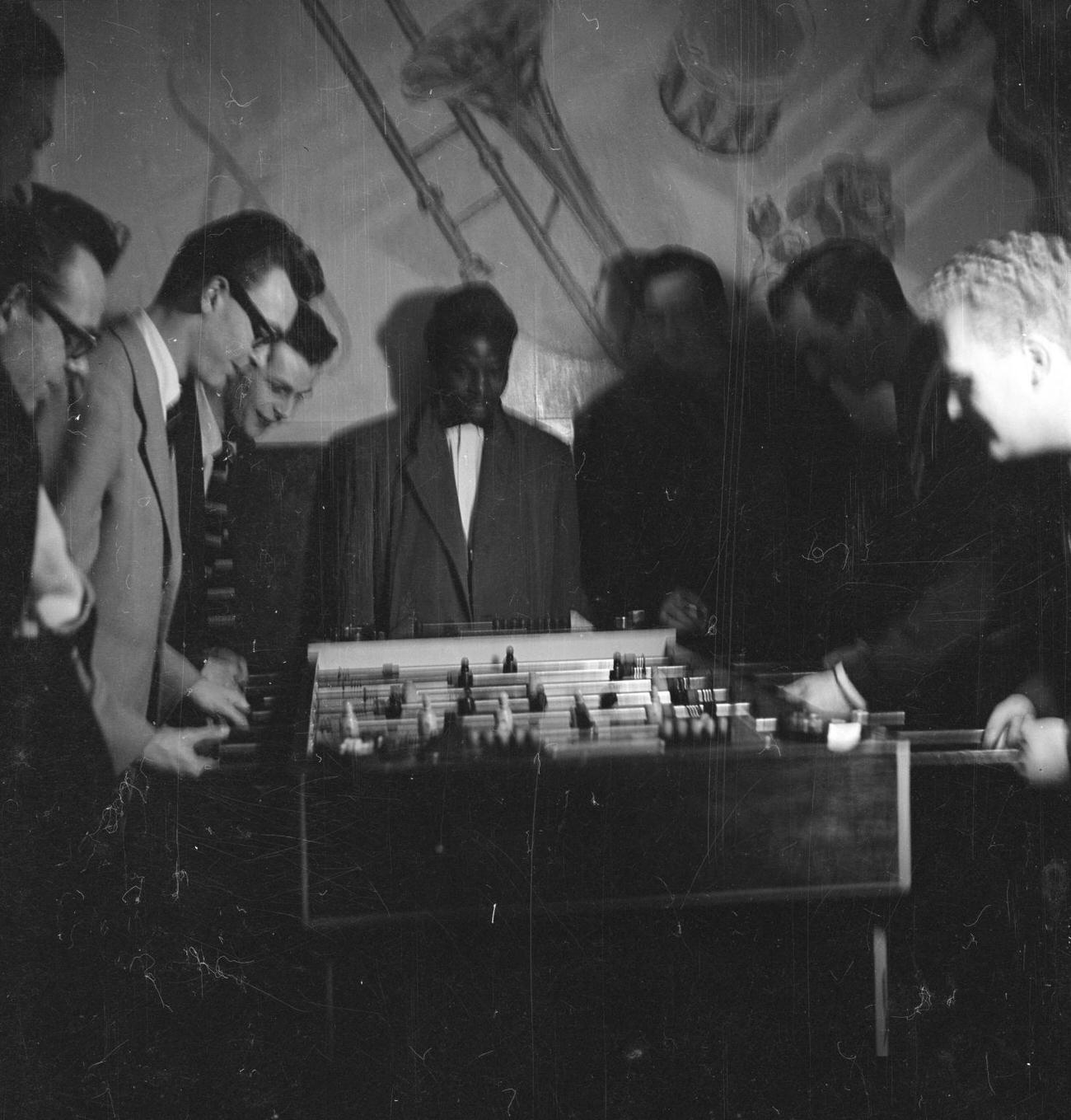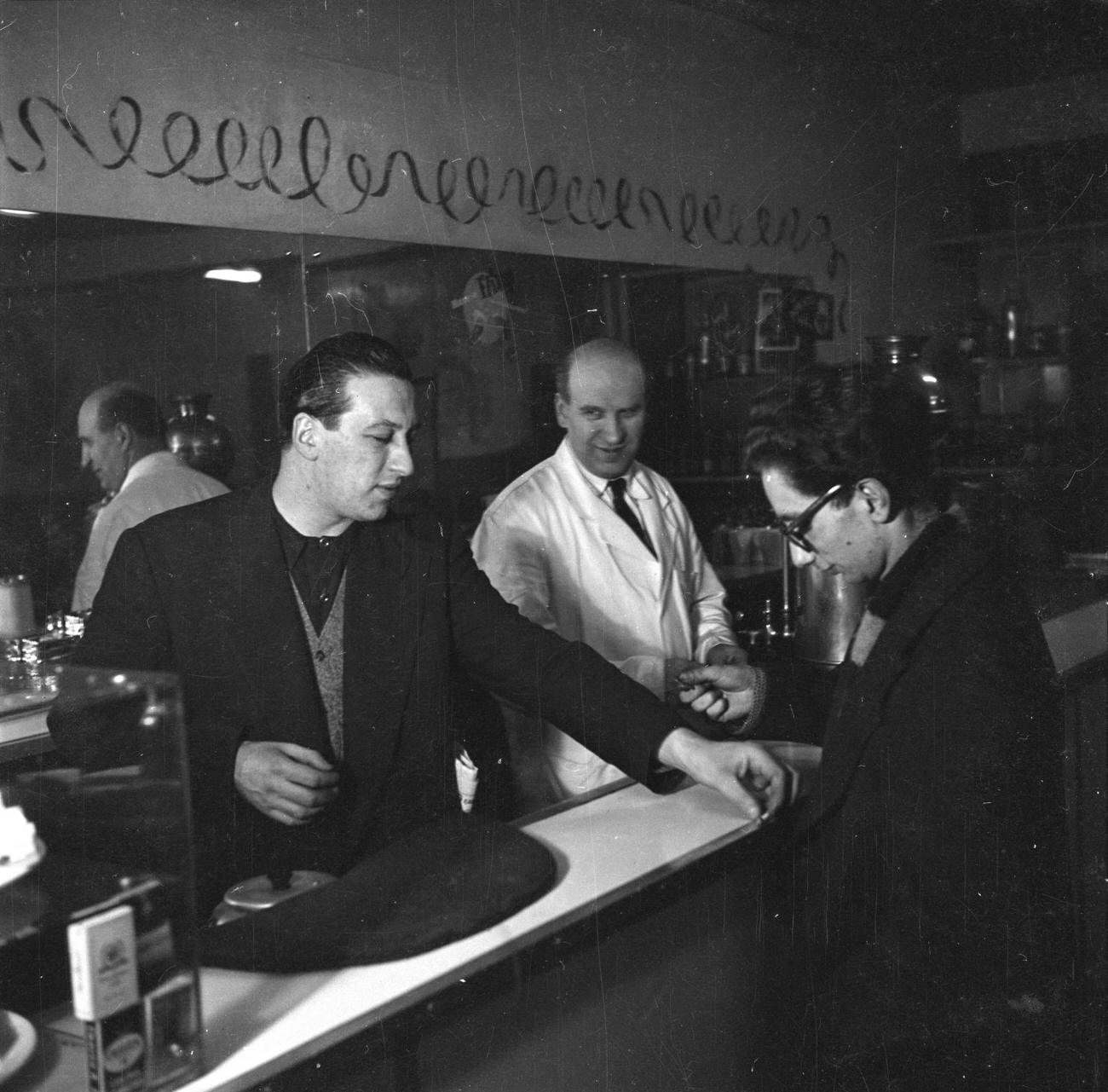In the mid-1950s, one of the most interesting places for jazz music in London was the Harmony Inn. This small café, located on Archer Street, was a unique meeting point for musicians after long nights of playing jazz. The Harmony Inn was not just a diner; it was a hub for creativity and connection among jazz musicians.
The Setting: Archer Street
Archer Street is a narrow road that runs behind the Windmill and Lyric Theatres in London. In the 1920s and 1930s, it became a popular meeting place for musicians. The London Orchestral Association and the Musicians’ Union were located nearby. Many jazz and dance bands were gaining popularity, but not all musicians could join these organizations. Consequently, they often met on the street, leading to Archer Street being described as a “sort of dance band musicians’ Labour Exchange.”
By the 1950s, this gathering place had evolved. Musicians from all genres would come to Archer Street to find work and connect with each other. They would also collect their wages from previous gigs. The street was alive with music and energy, a true reflection of the vibrant jazz scene in London during this time.
Read more
The Harmony Inn Experience
The Harmony Inn was known for its greasy food and late-night atmosphere. The café was famous for staying open through the night, attracting musicians after their gigs. As Steve Fletcher described it, the place had grubby Formica tables and chairs, with a dull room that lacked color. The most exciting dish on the menu might have been a cheese sandwich or a cup of terrible coffee.
Despite its unappealing features, the Harmony Inn was a safe haven for tired musicians. Here, they could unwind and share stories after long nights of performing. The café also attracted a rough crowd. Criminals, petty thieves, and shady characters often frequented the place. Figures like Billy Hill and Jack Spot were known to drop by, giving the café a reputation that combined music with a touch of danger.
The Atmosphere and Characters
The atmosphere in the Harmony Inn was unique. Musicians and criminals shared the space, giving it a lively and unpredictable vibe. Dixie France, the café’s owner, was a notable character. Rumored to be a police informer, he had a mysterious past that added to the café’s intrigue.
The café also had a downstairs area that served as a private club. While details of what happened there are unclear, it was said to involve lively social interactions, including dancing. This blend of different worlds made the Harmony Inn a fascinating place to visit.
The Jazz Scene
The Harmony Inn played a crucial role in the development of modern jazz in Britain. Traditional jazz had a strong following, but many musicians wanted to create something new. This new style was influenced by American jazz legends like Charlie Parker, Dizzy Gillespie, and Thelonious Monk. The musicians who gathered at the Harmony Inn were part of this modern jazz movement.
Among these musicians was Ronnie Scott, a talented tenor saxophonist. He and a group of fellow musicians, including Peter King and Benny Green, often met at the café. In January 1953, they came up with the idea of forming a co-operative band while sitting at the Harmony Inn. This idea turned out to be a significant step in their careers and the British jazz scene.
Nigel Henderson’s Photography
Nigel Henderson, a British photographer, captured the spirit of this vibrant jazz scene through his lens. His photographs from the Harmony Inn showcase the musicians in their element. The images reveal the personalities and energy of the performers.
Henderson’s style was candid and full of life. He captured moments of laughter, deep concentration, and camaraderie among the musicians. Each photo tells a story of the night, the music, and the people who made it happen.
The photographs also highlight the diverse nature of the jazz scene in the 1950s. They show musicians of different backgrounds coming together to create something special. This sense of community is evident in the smiles and interactions captured in the photos.


